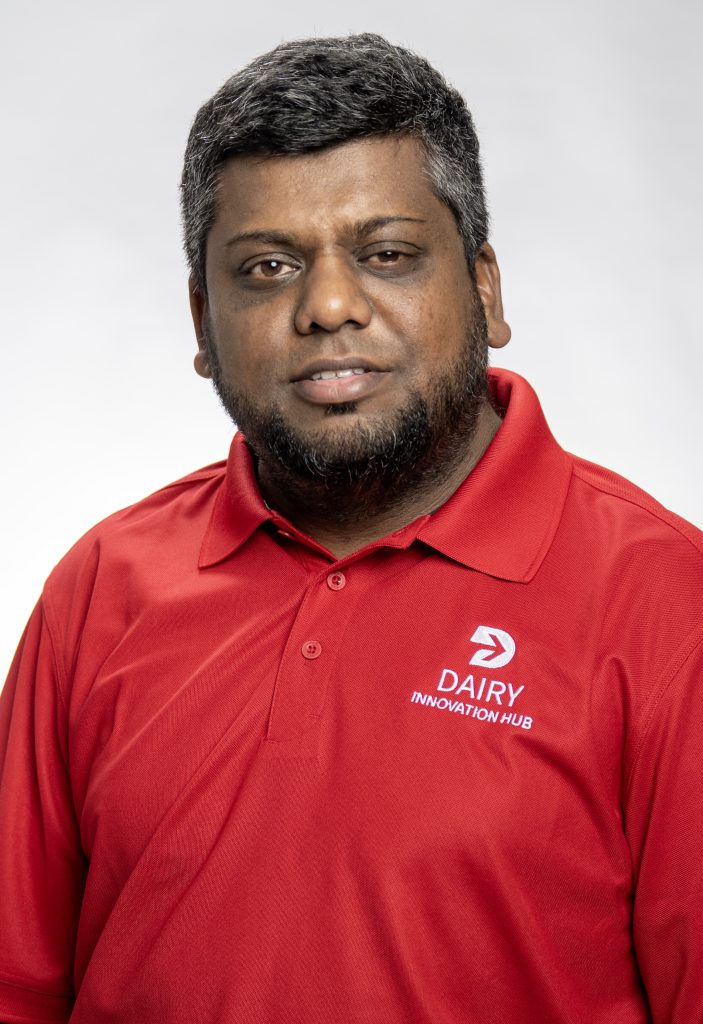Phone

Ozturk is an assistant professor of food science at UW–Madison who specializes in dairy food science. Her position is funded entirely by the Dairy Innovation Hub.
As people age, they often lose muscle and bone strength, which can lead to frailty, poor mobility, and a higher risk of fractures—especially in postmenopausal women. Our research explores how a little-used dairy ingredient called whey protein phospholipid concentrate (WPPC) might help slow or prevent this decline. Early studies in young animals showed that WPPC could support bone growth, suggesting it may also help maintain strong bones and muscles later in life. This project will identify the key nutrients in WPPC, test their effects in both young and aging models, and explore how they might promote healthier aging. In doing so, we hope to uncover a new, value-added use for dairy byproducts that supports both human health and sustainability in the dairy industry.









